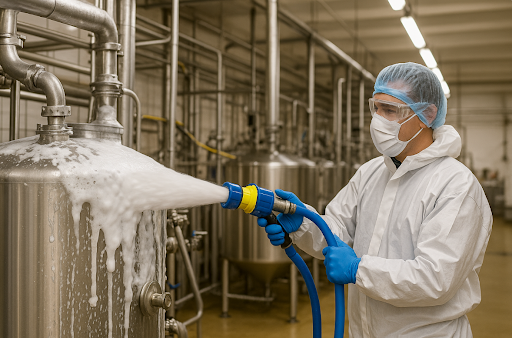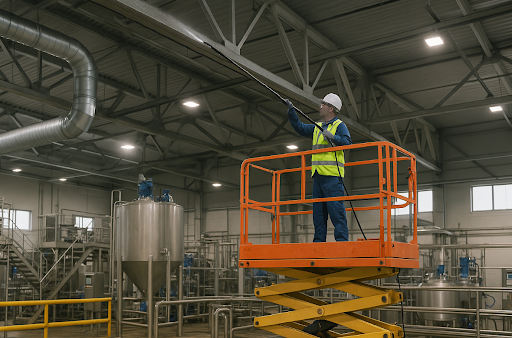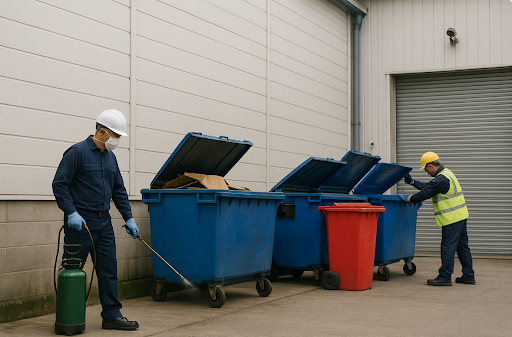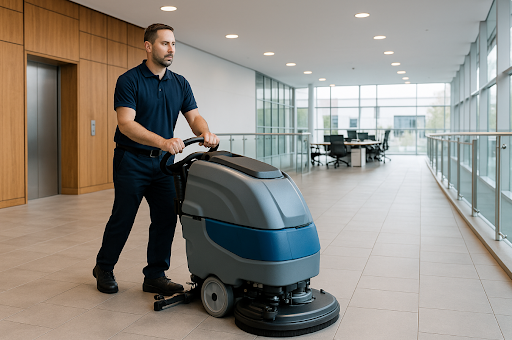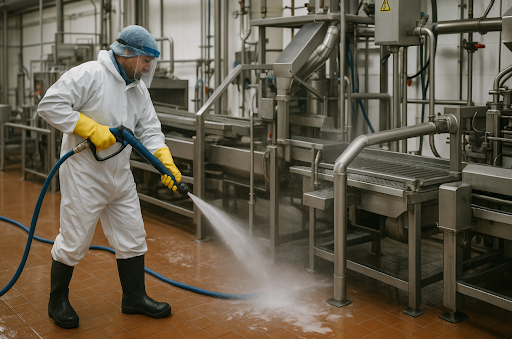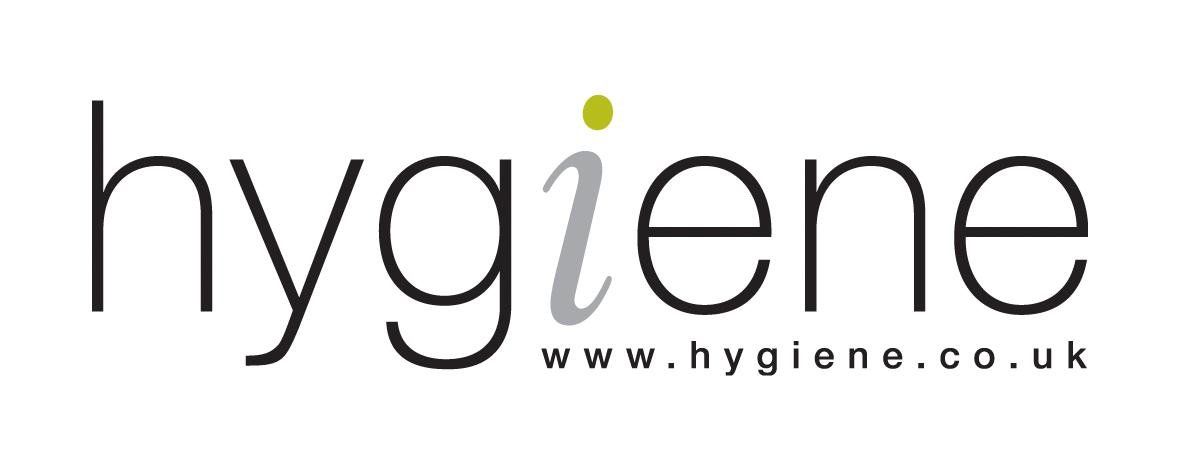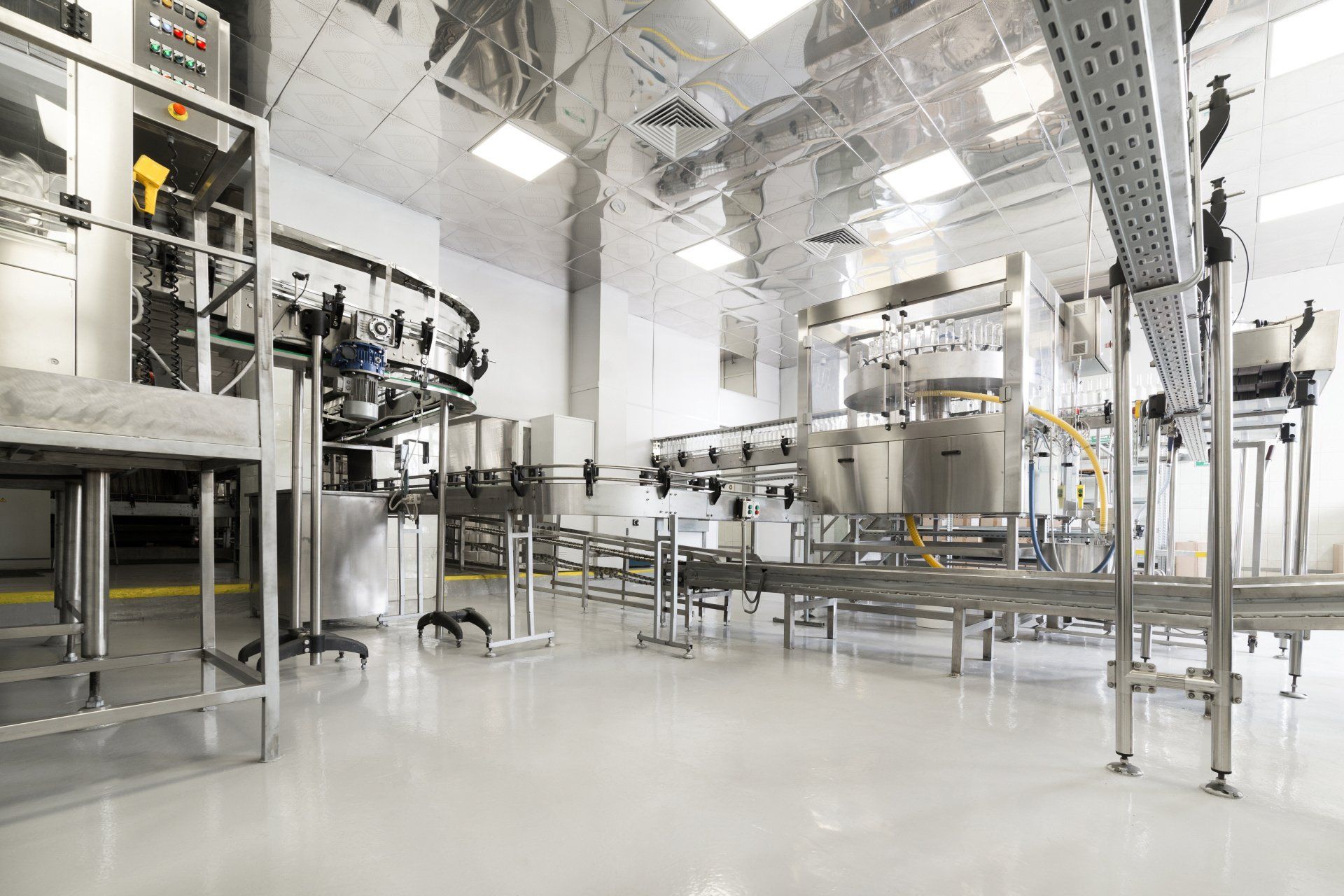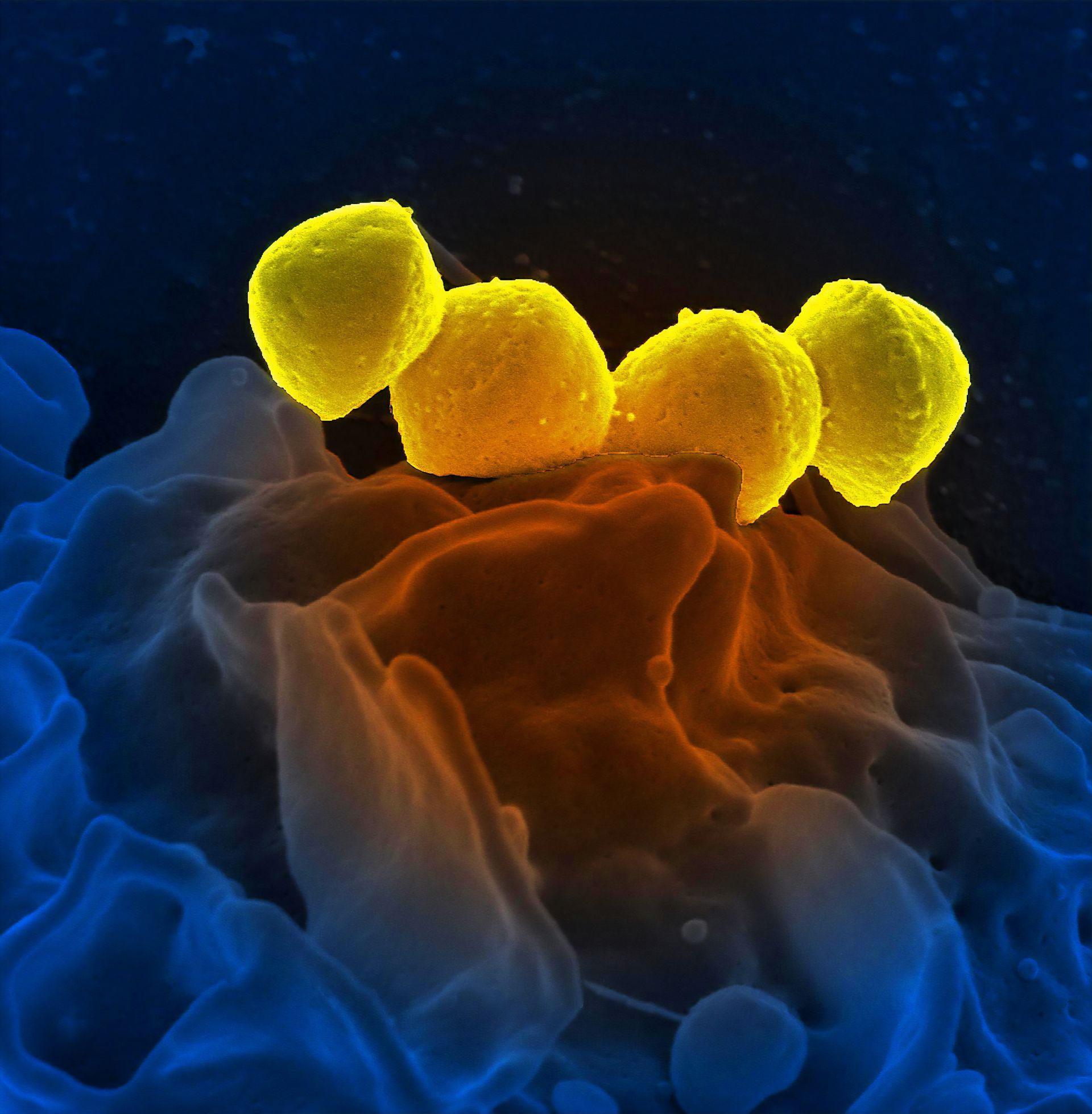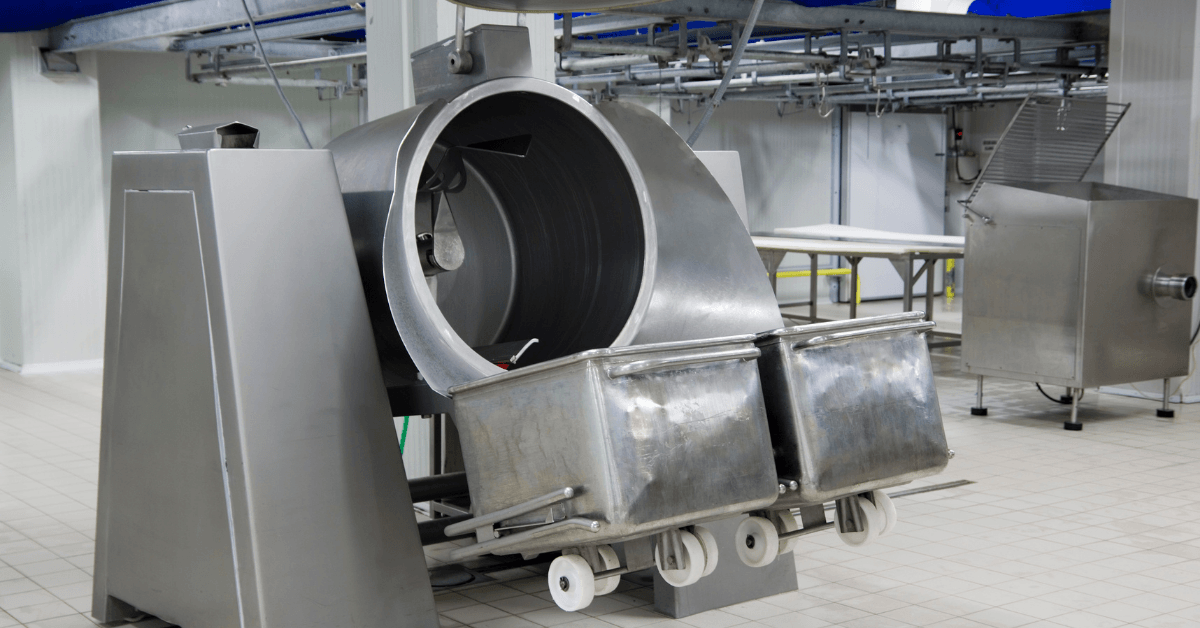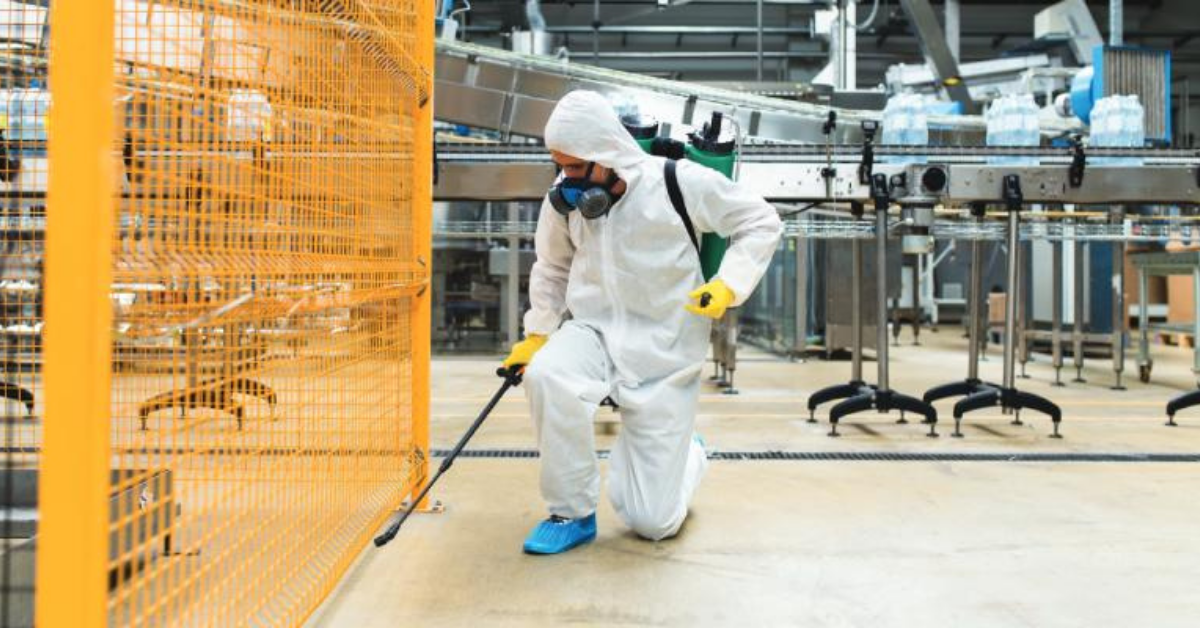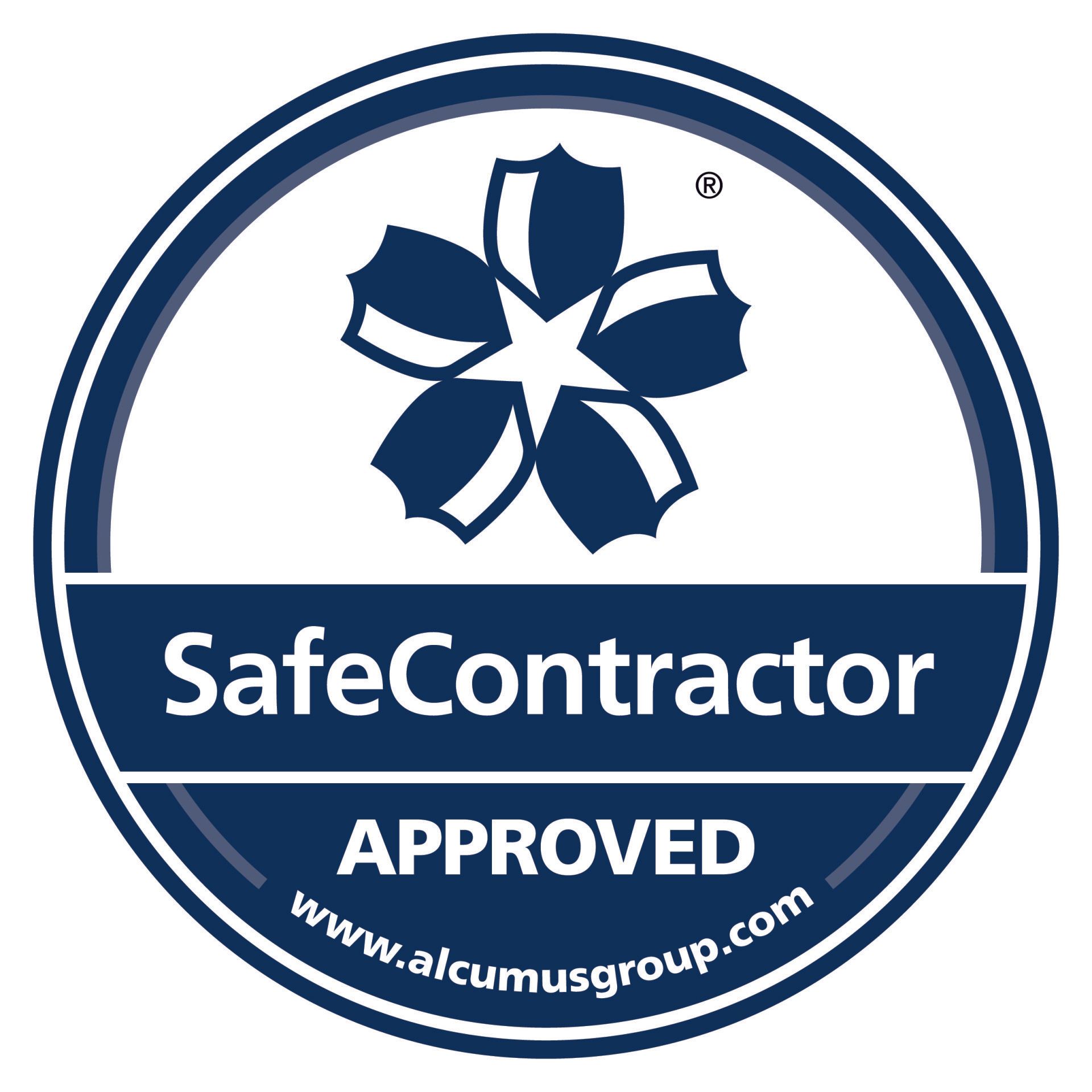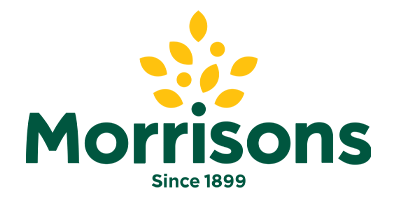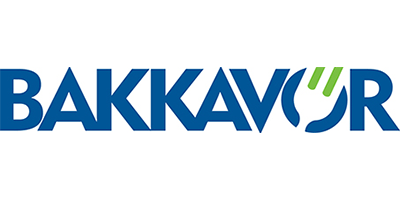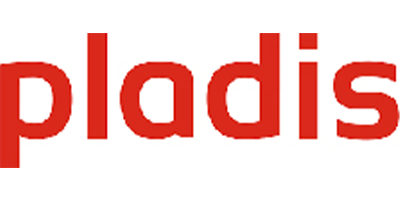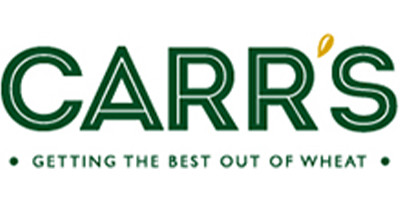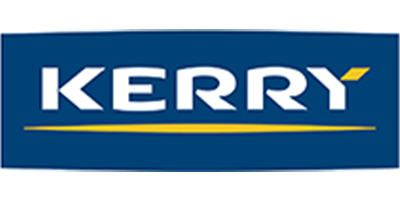Cleaning Solutions for Diverse Industries: Ensuring Hygiene Beyond Food and Pharma
Cleanliness isn’t just a food-factory issue. Hygiene standards in offices, retail stores, and distribution centres impact safety, brand perception, compliance, and productivity. Dust on a warehouse truss can raise fire risk. A grimy trolley handle can undo an otherwise brilliant customer experience. A poorly specified floor regime can turn a busy corridor into a slip hazard. Hygiene matters everywhere.
Two things are essential to make hygiene practical across mixed estates: a provider that adapts methods to each environment, and access to the right products and equipment for day-to-day upkeep. Hygiene Group delivers both. Our cleaning services for other industries outside of food production and pharma, cover workplace, logistics, commercial premises, and retail environments with sector-specific routines and trained teams. We also supply quality janitorial supplies in the UK—including materials and equipment—so site teams can keep standards high between scheduled cleans.
The challenge: different environments, different risks
Offices and shared workplaces.
Hygiene in offices is about visible standards and touch-point control. Reception desks, lift buttons, handrails, keyboards, meeting tables, and washrooms see continuous use. The regime here focuses on frequent touch-point disinfection, smart scheduling to avoid disruption, and consistent presentation (windows, floors, bins, odour control). Where hybrid work patterns change occupancy, frequencies should flex accordingly. Hygiene Group’s workspace offer emphasises wellbeing, productivity, and tailored schedules—useful when attendance varies week to week.
Retail and customer-facing spaces.
In stores, changing footfall demands agile cleaning. Front-of-house appearance, safe aisles, and spotless welfare areas underpin brand reputation. Early morning “reset” cleans, day-janitor spot checks, and rapid spill response keep standards steady without interrupting trade. Store cleans extend to back-of-house loading areas and waste zones, which can attract pests if neglected—coordination with waste routines is critical. Hygiene Group highlights store cleaning delivered around trading hours and site realities.
Warehousing, distribution & logistics.
Large volumes, heavy MHE traffic, and high-level structures create a unique risk profile. Think tyre dust, diesel particulates, pallet debris, and overhead dust that can shed onto pick lines. The cleaning playbook here includes machine-scrubbed floors, periodic high-level hygiene cleaning, dock-door and racking detail, plus amenity blocks sized for shift patterns. Hygiene Group’s logistics planning reflects these constraints and the need to work around live operations.
Commercial premises and mixed estates.
Multi-tenant offices, labs, or light manufacturing sites require a single playbook that still flexes per floor or tenant. Consistency and minimal disruption are key, from deep cleans pre-occupation to overheads and equipment cleans ahead of audits.
Getting the specification right: methods that match the setting
- Floor care that suits the traffic: In offices, low-noise vacuums and periodic low-moisture carpet care protect finishes. Autoscrubbers, degreasers, and defined walkway cleans keep slip risk low and warehouse traffic routes clear.
- High-level hygiene cleaning (where relevant): Distribution centres and some commercial spaces accumulate dust on trusses and cable trays. Planned high-level works prevent fallout, reduce fire load, and protect HVAC performance.
- Touch-point routines with proof: For offices and retail, agreed checklists and cadence (opening checks, hourly sweeps, closing resets) keep hygiene visible and auditable.
- Welfare and back-of-house discipline: Clean break areas and changing rooms reduce the transfer of soils to public or production spaces.
- Waste and pest awareness: Good housekeeping prevents overflow and harborage, and it is especially important behind stores and at loading bays.
The product piece: good outcomes need the right kit
Great operatives still need reliable, fit-for-purpose products. The wrong mop, pad, or chemical can waste time and damage finishes. Hygiene Group can supply commercial janitorial products and cleaning supplies for industry through its dedicated channel—with over 2,000 product lines covering products, materials, and equipment (specialising in supply to food manufacturing where compliance and reliability are paramount). This depth means facilities can standardise consumables, avoid mismatched items, and keep spares on hand.
When choosing industrial janitorial supplies for non-food environments, consider:
- Surface compatibility: Match chemistry to finishes—stone, LVT, epoxy, stainless steel, glass, powder-coat.
- Productivity aids: Microfibre systems with colour-coding, backpack vacuums for stairs, extended poles for glazing, and autoscrubbers for large floors.
- Air quality and noise: HEPA filtration and quiet operation support well-being in offices and retail.
- Sustainability signals: Concentrates, dosing systems, and recyclable packaging reduce waste and cost.
- Compliance support: Clear safety data, COSHH guidance, and training materials for safe, repeatable use.
Where estates straddle multiple sectors, consolidating to a consistent catalogue (pads, bags, chemicals, gloves, dispensers) makes training easier and reduces procurement friction—this is where contract cleaning supplies in the UK add real value.
Sample hygiene frameworks by environment
Office/workplace:
- Daily: bins, touch-points, washrooms, kitchens, reception floors, visible dusting.
- Weekly: glass and partitions, fabric spot cleaning, hard-floor maintenance.
- Periodic: carpet extraction, deep washroom descales, high-dusting in low-risk zones.
- Supplies: hand soap and sanitiser, paper, microfibre, multipurpose cleaner, neutral floor cleaner, screen wipes.
Retail/store:
- Daily: entrance mats, spills and slip prevention, trolleys/baskets, till areas, customer washrooms.
- Weekly: back-of-house deep tidy, back-room floors, stockroom racking wipe-downs.
- Periodic: signage/glazing, back-of-house waste bays, canopy or signage cleans (as needed).
- Supplies: rapid-dry floor cleaner, glass cleaner, odour control, and food-safe sanitiser for food-adjacent areas.
Warehouse/distribution:
- Daily: machine-scrubbed traffic routes, pedestrian walkways, dock levellers, canteens, and locker rooms.
- Weekly: pick-face dusting, low-level racking, MHE charge areas.
- Periodic: industrial high-level cleaning of rafters/cable trays; external yard sweeps.
- Supplies: degreasers suited to concrete/epoxy, scrubber pads, litter pickers, industrial wipes, and spill kits.
Commercial premises/mixed sites:
- Daily: common areas and lifts, meeting rooms, washrooms, café spaces.
- Weekly: feature surfaces, blinds, vents.
- Periodic: strip-and-seal where suitable; targeted deep cleans ahead of moves or audits.
- Supplies: neutral hard-floor cleaner, disinfectant for touch-points, stainless steel polish where appropriate.
Why a single partner helps
Bringing cleaning services from other industries under one provider reduces admin and lifts consistency—especially across multi-site portfolios. Hygiene Group’s industry coverage includes workspace cleaning, distribution & logistics, commercial premises and store cleaning, supported by recognised accreditations (ISO 9001, ISO 14001, SafeContractor, Investors in People). One SLA, one set of KPIs, one safety system; less time reconciling competing schedules, more time focusing on the job.
Because the same organisation also provides your UK janitorial supplies, sites can standardise on proven products, streamlining purchasing and ensuring front-line teams always have what they need to maintain standards between visits. With a deep catalogue of materials and equipment, specifying contract cleaning supplies in the UK becomes simpler and more reliable.
Getting started: a simple plan for non-food industries
- Survey each environment: Note occupancy, touch-points, floor types, access constraints, and height work.
- Define risk-based frequencies: Match cleaning to use patterns and public exposure.
- Create a core product set: Lock in a unified list of cloths, mops, pads, chemicals, dispensers, and liners by site type.
- Integrate waste and pest checks: Clear responsibilities in back-of-house areas are needed to avoid hygiene blind spots.
- Audit, report, improve: Use short dashboards to track KPIs such as presentation scores, slip incidents, complaints, and rectification times.
Hygiene Group brings 35+ years of practical experience from regulated sectors to these industries, applying proven routines and products to deliver standards your teams, and your customers, can see daily. For a broader view of capability across sectors and services, start with our industrial hygiene services, UK overview.
